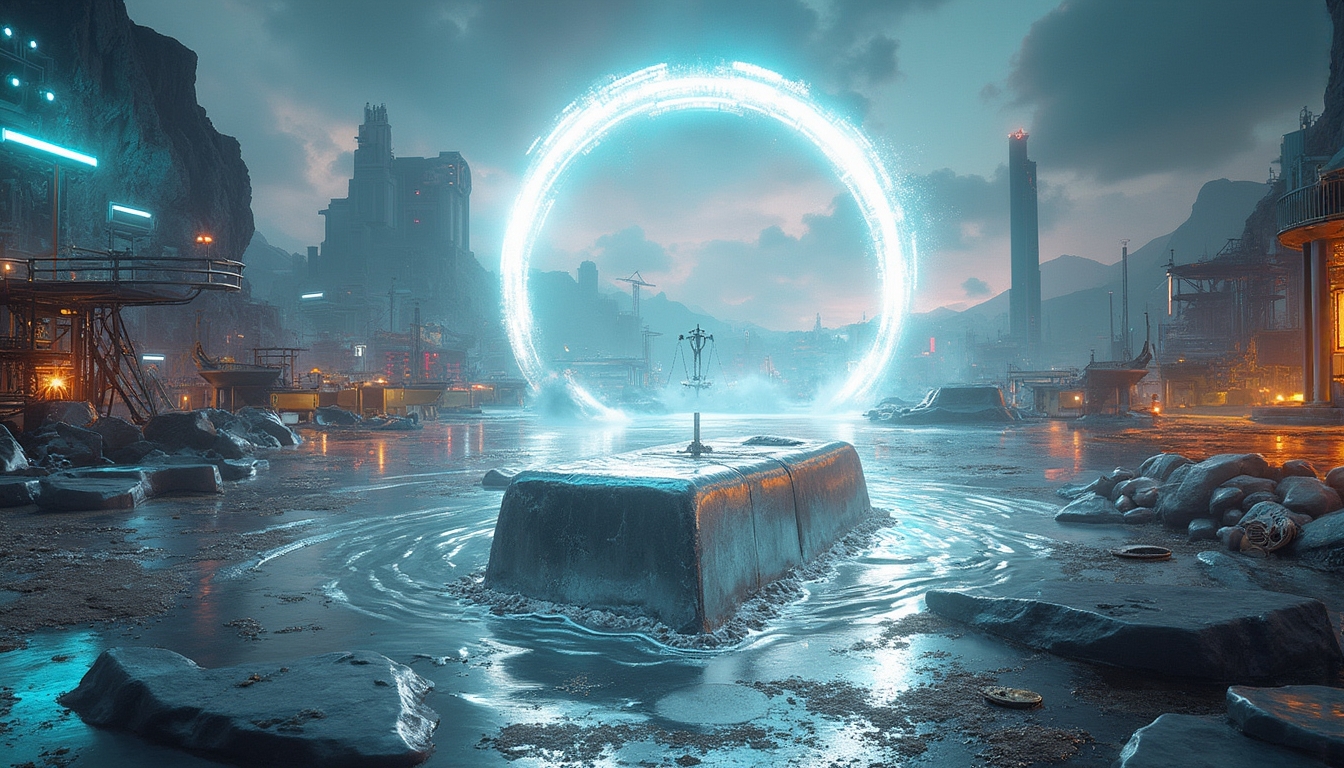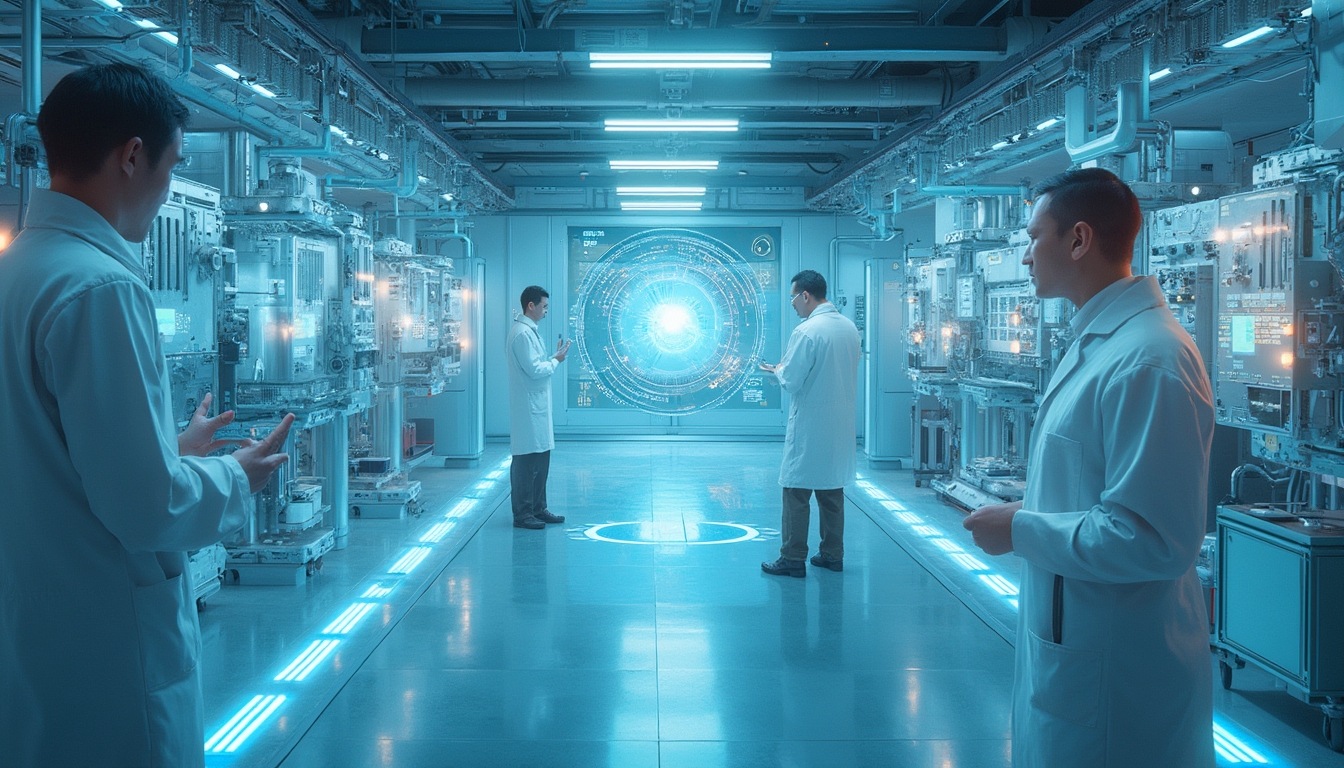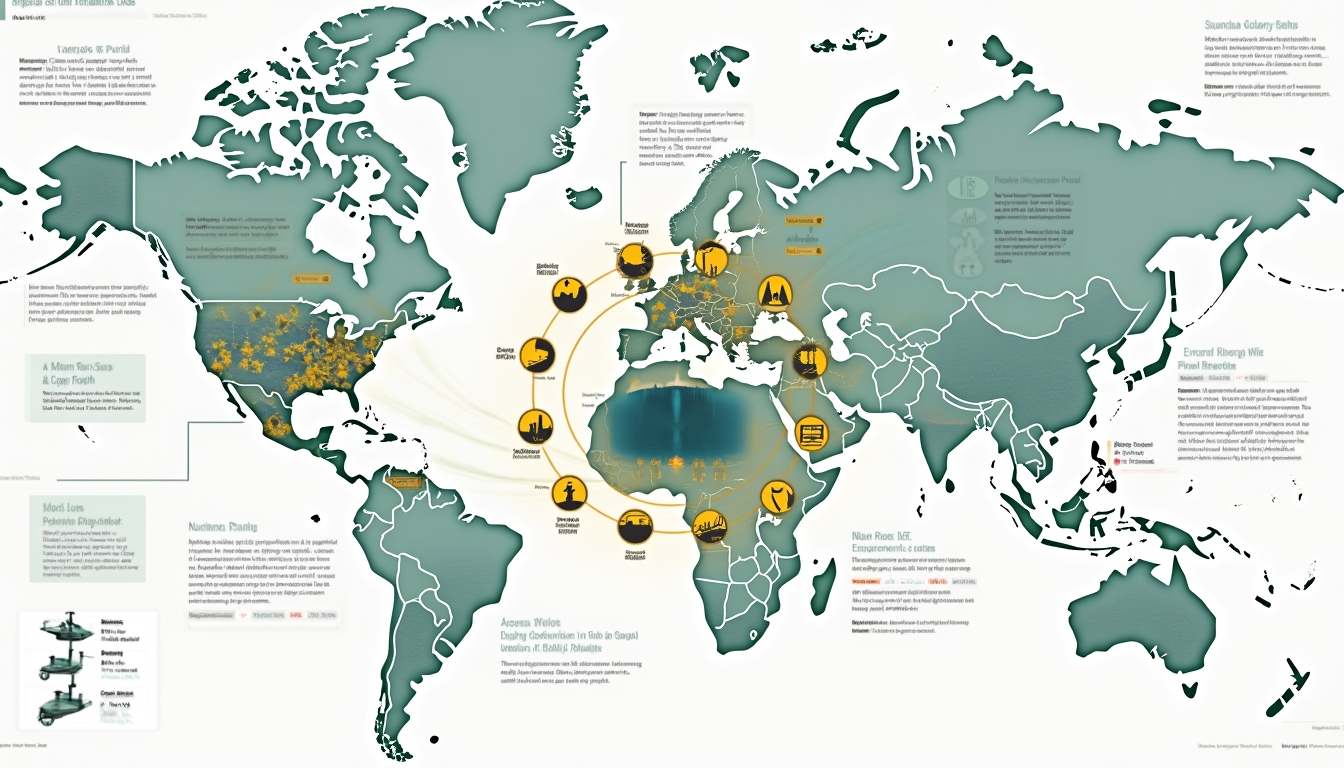Brazilian Critical Minerals Ltd
- ASX Code: BCM
- Market Cap: $10,629,586
- Shares on Issue (SOI): 1,062,958,588
- Cash: $1,676,000 (as of 31 December 2024)
Brazilian Critical Minerals Ltd has recently announced progress on its Ema Rare Earth Project with detailed scoping studies that underscore the company’s competitive cost structure, low upfront capital requirements, and robust return prospects. The announcement highlights a pivotal opportunity in rare earth mining, where innovative extraction techniques and favourable resource estimates empower the company to secure a strong foothold in a market that is rapidly evolving in response to global demand for critical minerals.
What Makes the Ema Rare Earth Project Noteworthy?
The Ema Rare Earth Project is setting a new benchmark in resource development by combining operational efficiency with financial resilience. Key points from the announcement include:
- A resource-estimated rare earth deposit supported by strong economic and technical metrics.
- A competitive production cost of US$6.15 per kilogram TREO with a post-tax NPV8% of approximately US$498 million.
- An attractive payback period of around 28 months from first production, indicating the project’s potential to generate swift cash flows.
- Low initial capital expenditure with US$55 million and planned expansion costs of US$22.1 million in year four, mitigating investment risks while allowing for scalability over a 20-year mine life.
These elements not only make the project compelling from a financial perspective but also emphasise its commitment to an environmentally responsible extraction method.
How Does the Project Achieve Operational Efficiency?
At the heart of BCM’s strategy is the use of In-Situ Recovery (ISR) mining techniques. This innovative method represents a significant departure from traditional mining that relies on large-scale excavation and high environmental impact. With ISR, a mild solution is injected into the deposit to dissolve the rare earth minerals; these minerals are then pumped to the surface for processing. This approach offers several distinct advantages:
-
Environmental Benefits
- Reduced surface disturbance and minimal waste generation.
- Elimination of tailings storage, which significantly lowers the carbon footprint associated with conventional mining.
-
Cost Efficiencies
- Bypassing the need for heavy excavation and crushing reduces both capital and operating expenditures.
- A simplified production pipeline that facilitates a rapid scale-up once the pilot trials are successful.
-
Regulatory Ease
- Due to the minimal surface impact and environmental considerations, obtaining permits is generally more streamlined and less contentious.
BCM’s utilisation of ISR aligns with modern sustainability standards and positions the company favourably against competitors. In fact, innovative exploration techniques such as 3d geological modelling are increasingly being adopted to further reduce risks and enhance resource delineation.
What are the Production and Lifetime Metrics?
The promising economics of the project are supported by impressive production forecasts and lifetime metrics:
Short-Term Projections (Years 1–4)
- Mixed Rare Earth Carbonate (MREC) production is expected to be around 19,217 tonnes annually.
- Annual Total Rare Earth Oxides (TREO) output forecast at approximately 10,627 tonnes.
- Production of Magnetic Rare Earth Oxides (MREO) stands at an estimated 4,028 tonnes per annum.
Total Life-of-Mine Estimates (20 Years)
- Cumulative MREC production is projected at around 172,967 tonnes.
- Total TREO production is expected to reach 95,651 tonnes.
- Cumulative MREO production is estimated to be approximately 36,252 tonnes, supporting long-term supply and market stability.
These robust production figures, derived from conservative pricing models (starting at US$60 per kg NdPr and increasing to US$74 per kg), underscore the project’s potential to capitalise on the growing need for high-performance magnetic materials in renewable energy and electric vehicle applications.
What Financial Projections Highlight?
The financial model behind the Ema Project reinforces its potential as a sound investment:
- Under a spot NdPr scenario, the project yields a post-tax NPV8% of US$355 million.
- With the integration of long-term performance averages, this figure rises to US$498 million, accompanied by an impressive 52% post-tax internal rate of return (IRR).
- The competitive advantage of BCM’s operational design is further enhanced by consistent operating costs, particularly US$6.15 per kilogram for TREO and US$16.95 per kilogram for NdPr.
Such financial resilience is integral in an industry where navigating resource nationalism and global tensions has become increasingly complex. The project's ability to uphold strong economic returns in perceived volatile market conditions makes it a standout opportunity for investors.
The Global Context: Critical Mineral Markets and Geopolitics
Critical mineral extraction is not just a domestic matter but a phenomenon with significant global implications. The strategic significance of rare earth elements is underscored by international investments and initiatives. For example, trends in the global market are being reshaped by initiatives such as Brazil invests $815 million to transform global strategic minerals market and Saudi Arabia's bold vision 2030 transforming the global mineral market. These developments highlight the increasing geopolitical importance of rare earth elements and the necessity for domestic producers like BCM to implement efficient and resilient extraction methods.
Why Should Investors Consider BCM’s Opportunity?
Several factors contribute to making BCM’s Ema Project a strategic investment target:
- High efficiency and rapid capital return prospects due to the compelling payback period.
- The utilisation of cutting-edge ISR technology that reduces environmental impact and improves cost control.
- An extensive resource base that supports a lengthy mine life, with over 50% of the Ema tenement still underexplored.
- Strong alignment with global trends in sustainability, where strategic lithium investments reshaping the future of mining serve as a model for transformative growth.
- A competitive edge when compared with industry peers, with operating costs significantly lower than those of competitors, providing BCM with the flexibility to navigate market fluctuations and maintain profitability under conservative market assumptions.
Investors looking for rare earth exposure find in BCM an opportunity that balances immediate returns with long-term strategic positioning, particularly in light of increasing governmental and private sector investments in critical minerals extraction.
How is the Project Being Developed?
A clear development timeline has been established to guide BCM’s progress towards full-scale production:
- Field Pilot Trials and Feasibility Studies (2025)
- Initial pilot trials will validate ISR flows and optimise process design, with environmental baseline studies complementing operational assessments.
- Late 2025 Milestone
- Results from the pilot phase will inform the final feasibility project, setting the stage for early-stage construction.
- Early Construction Phase (2026)
- Initiation of early construction activities and a financing decision-making process are slated for this year.
- Ramp-Up to Commercial Production (2027)
- The project is expected to start commercial production, marking a significant milestone in transitioning from development to full-scale mining operations.
These steps not only indicate careful planning and a reduction in development risk but also reflect the company’s readiness to capitalise on favourable market conditions as global demand for rare earths intensifies.
Comparative Overview: How Does BCM Stack Up Against Competitors?
A detailed comparison reveals BCM’s distinct competitive advantages:
| Company | Operating Costs (US$/kg TREO) | Capex (US$ M) | Long-Term NdPr Basket Price Assumption (US$/kg) |
|---|---|---|---|
| BCM (Ema Project) | 6.15 | 55 | 60–74 |
| Competitor A | 9–11 | 150–200 | 65–80 |
| Competitor B | 7–8 | 85–100 | 68–85 |
The cost-effective operations at BCM, enabled by its unique ISR approach, support its position as a low-risk, high-reward project relative to its peers.
Final Thoughts
Brazilian Critical Minerals Ltd, with its Ema Rare Earth Project, presents a strategic and well-timed opportunity in the critical minerals sector. The company’s approach—anchoured in low-cost production, advanced ISR techniques, and a significant resource base—positions it favourably in a market poised for substantial growth. As global geopolitical shifts and technological advances drive demand for high-quality rare earth elements, BCM continues to build momentum with strategic initiatives that echo broader global trends, such as those highlighted by saudi arabia’s bold vision 2030 and developments in comprehensive mineral investment strategies.
Investors are encouraged to monitor BCM’s upcoming feasibility results and pilot trial outcomes as these critical milestones may further de-risk the asset and boost the company’s market position. With its innovative ISR framework and competitive cost metrics, the Ema Project offers a promising entry point into a sector that is central to the clean energy revolution and global technological advancements.
Ready to Dive into the World of Critical Minerals Investing?
Discover breakthrough opportunities in rare earth mining with Discovery Alert's real-time AI-powered notifications, designed to simplify complex mineral exploration and help investors—from newcomers to seasoned traders—capitalize on emerging market trends like Brazilian Critical Minerals' innovative Ema Rare Earth Project. Start your 30-day free trial today and gain instant insights into the most promising ASX discoveries.







